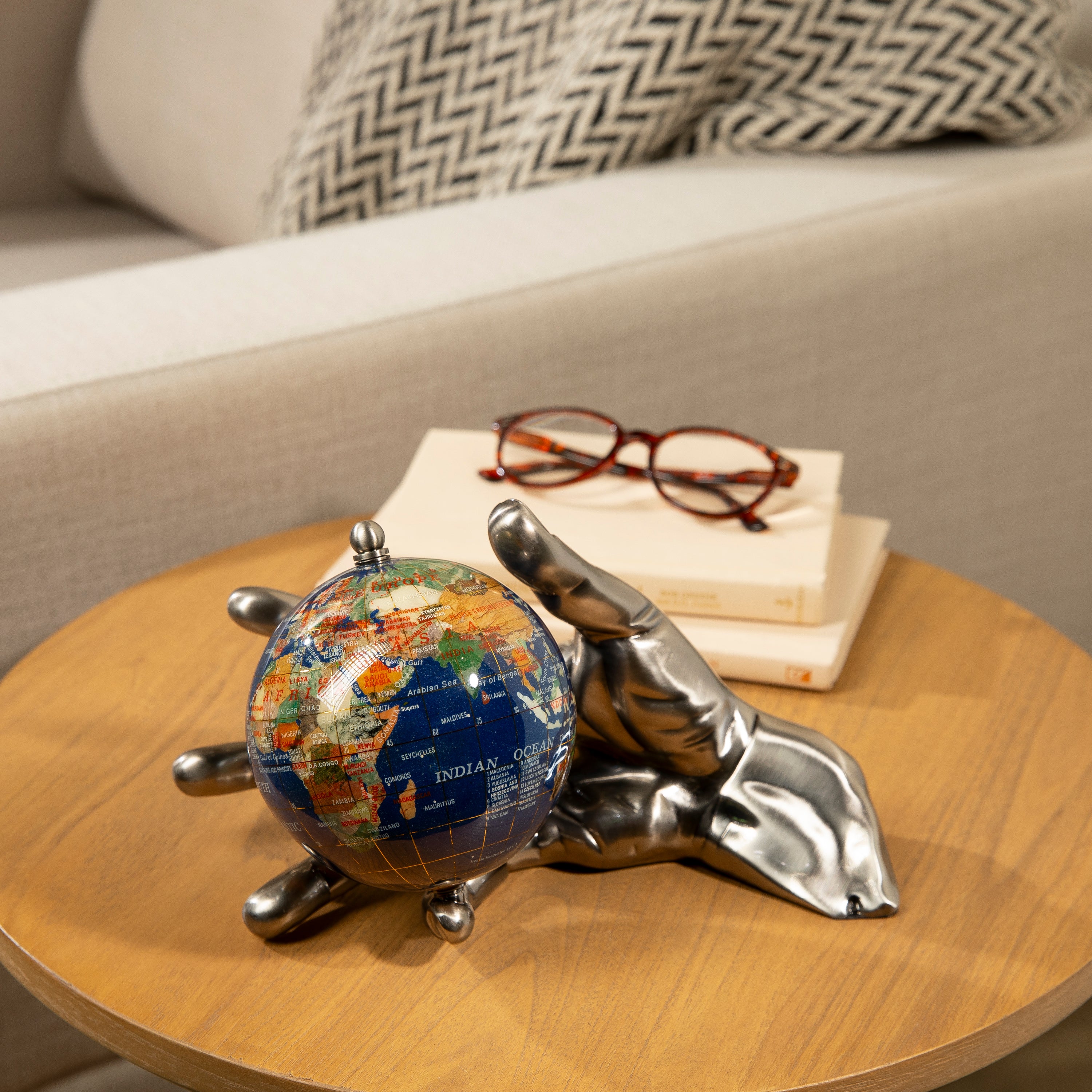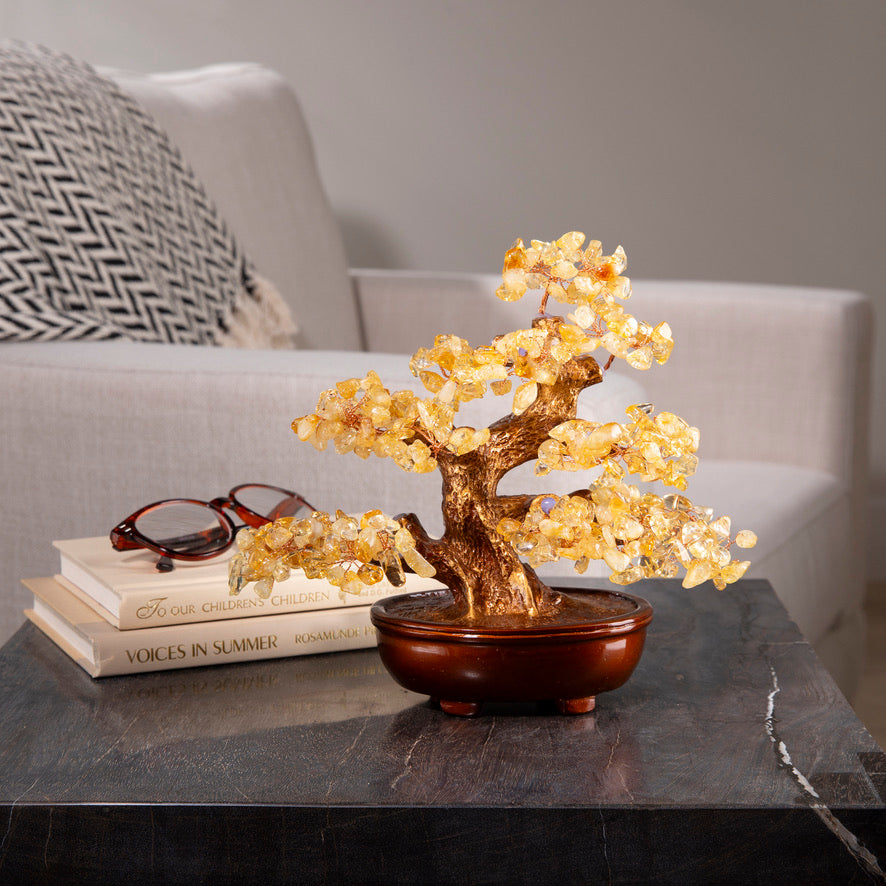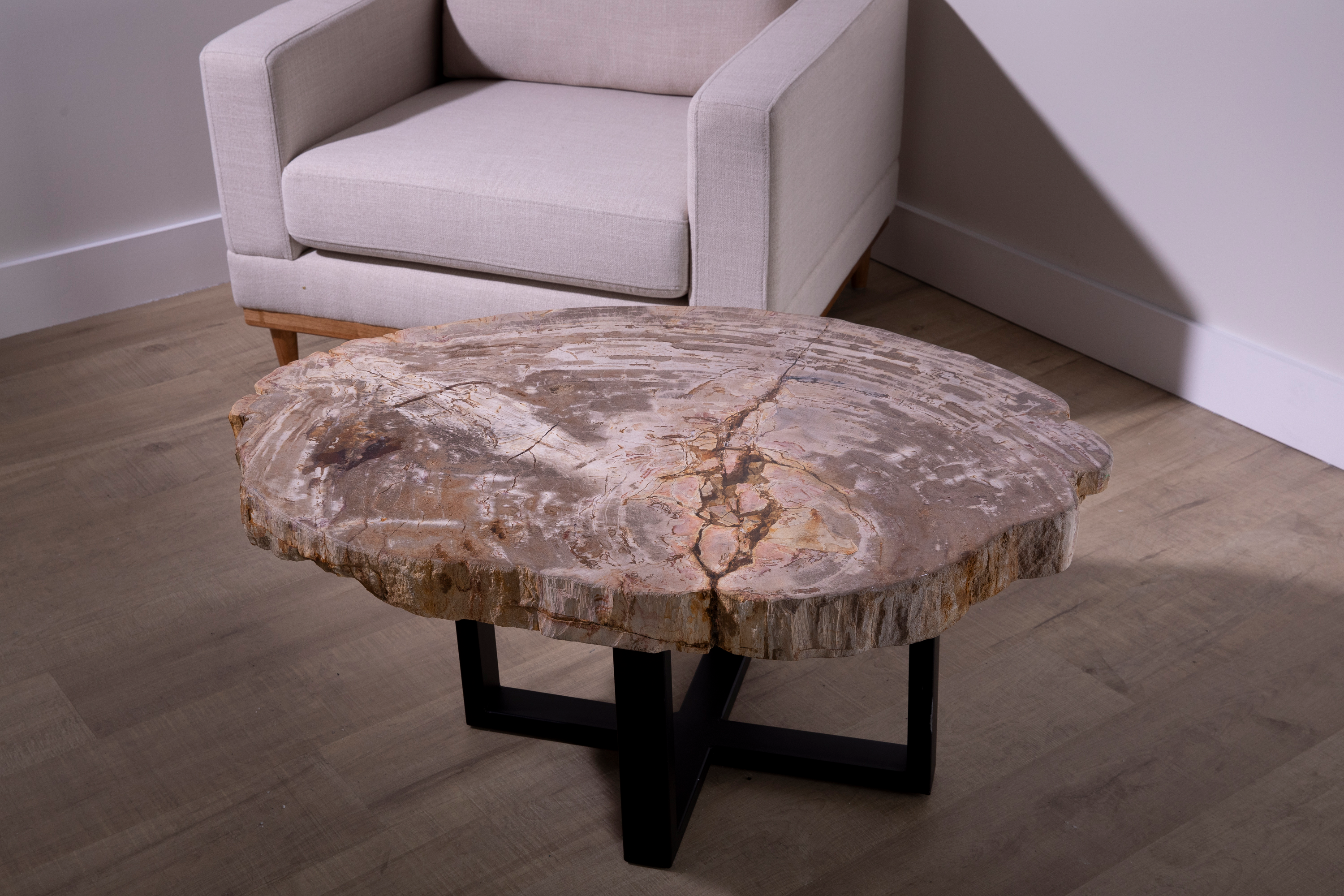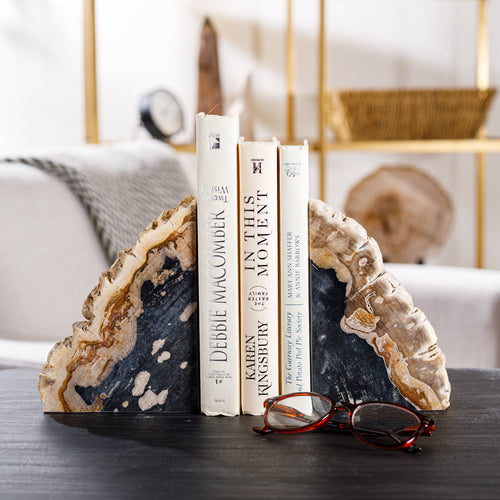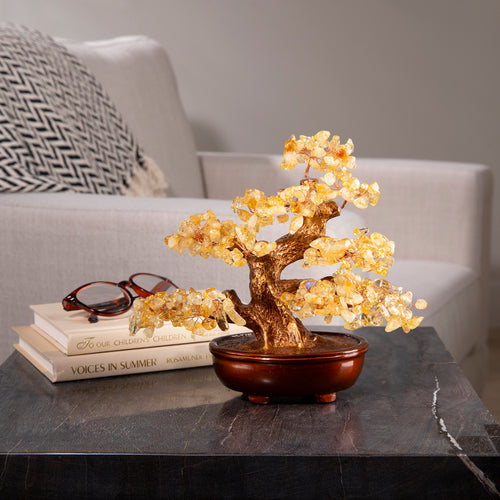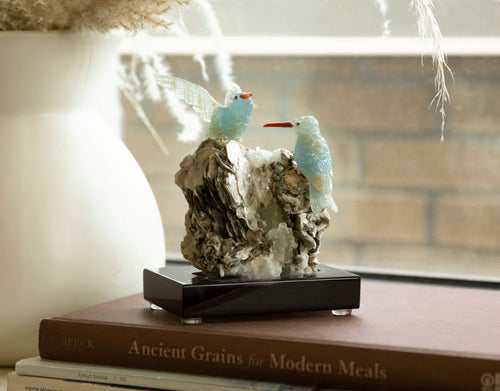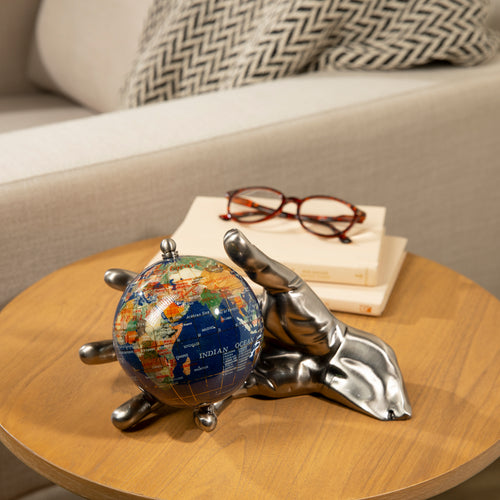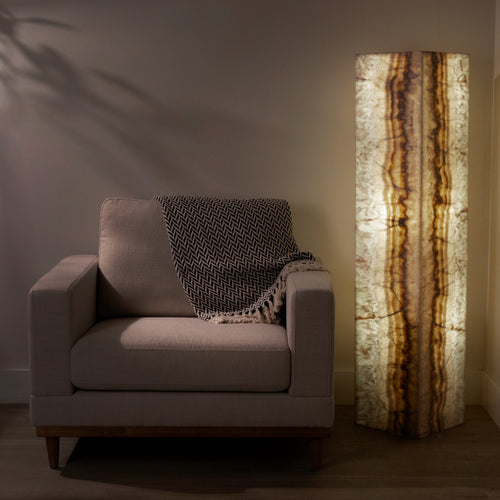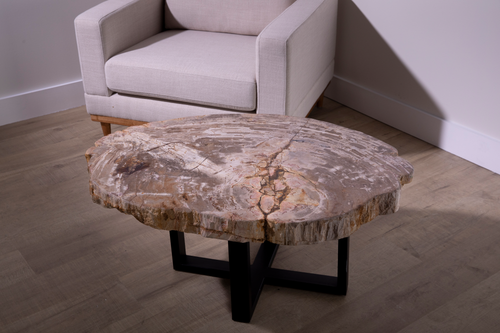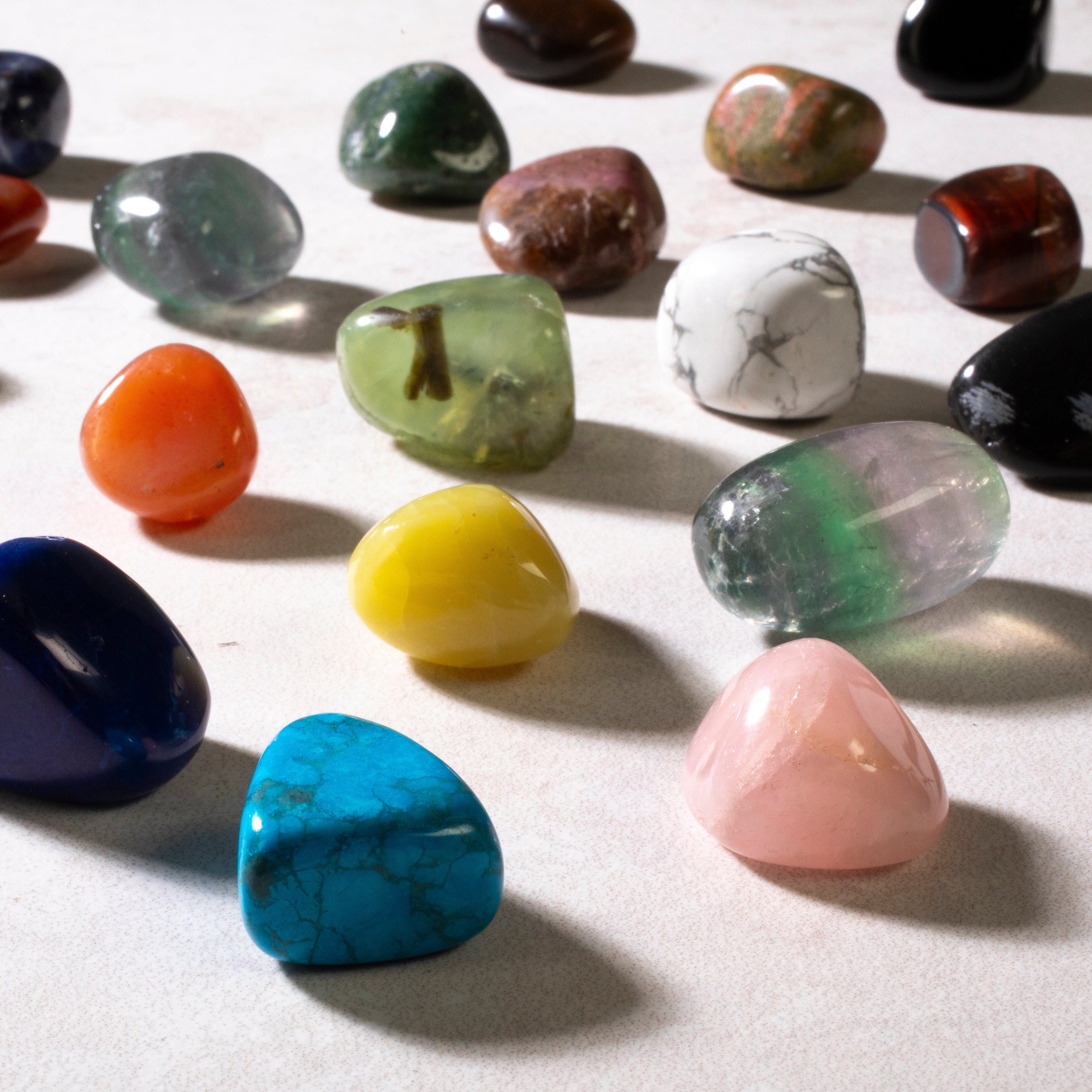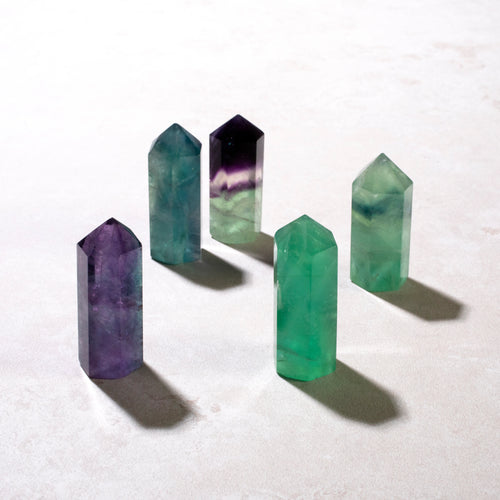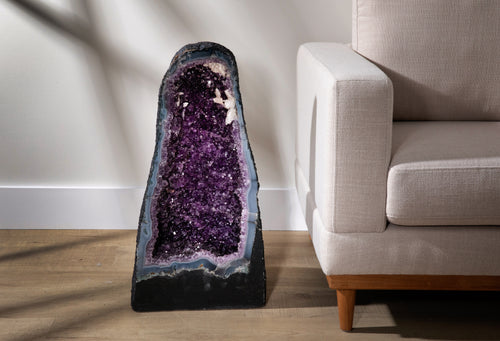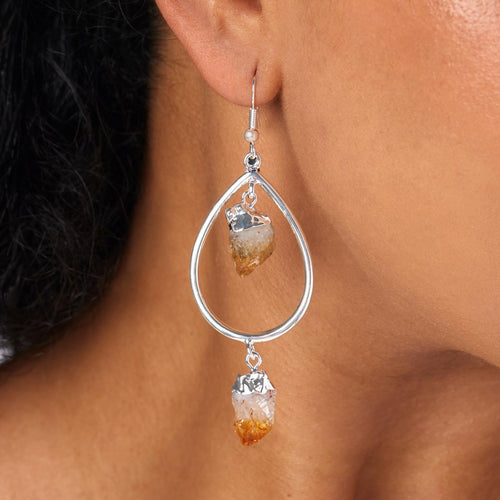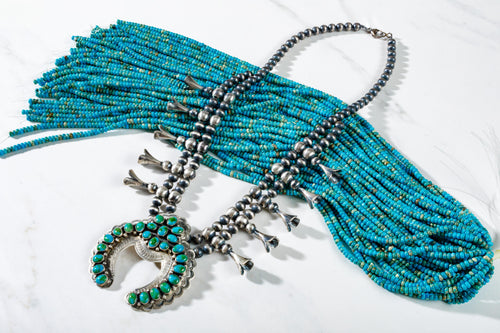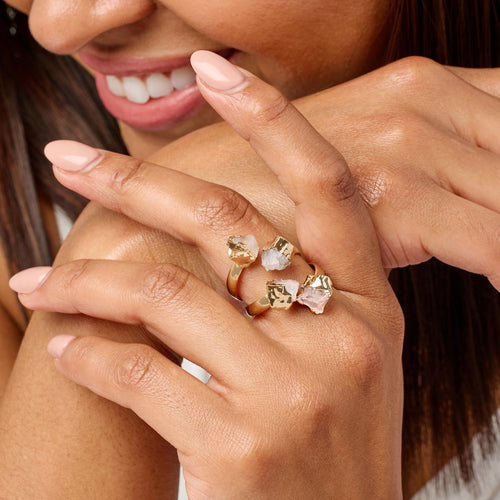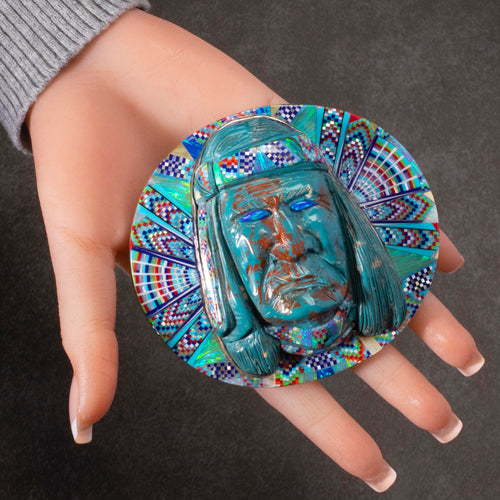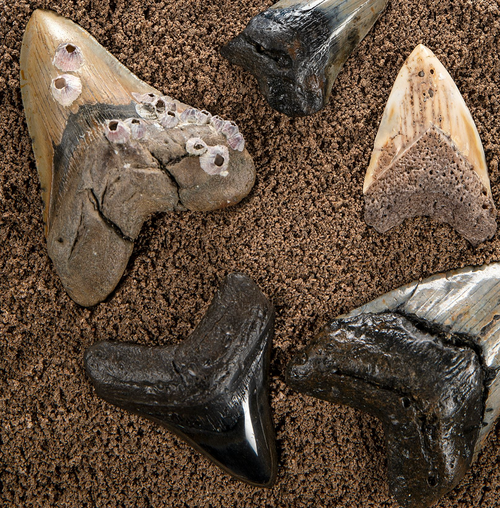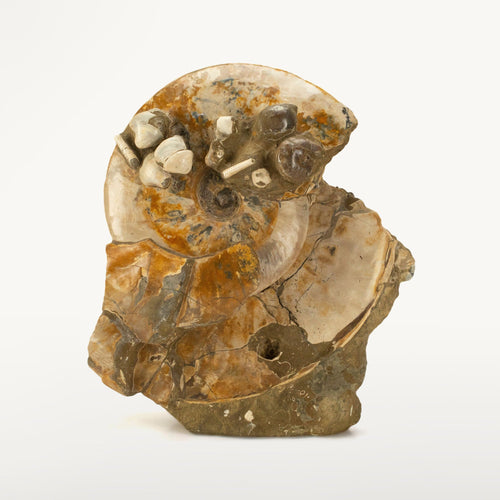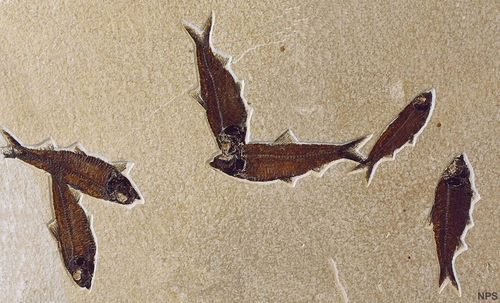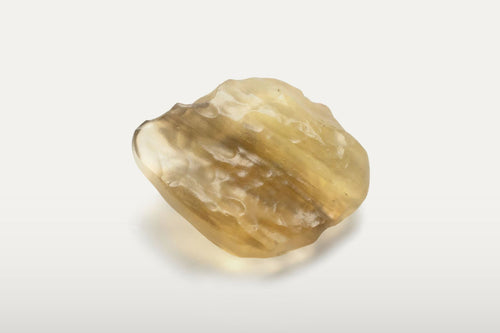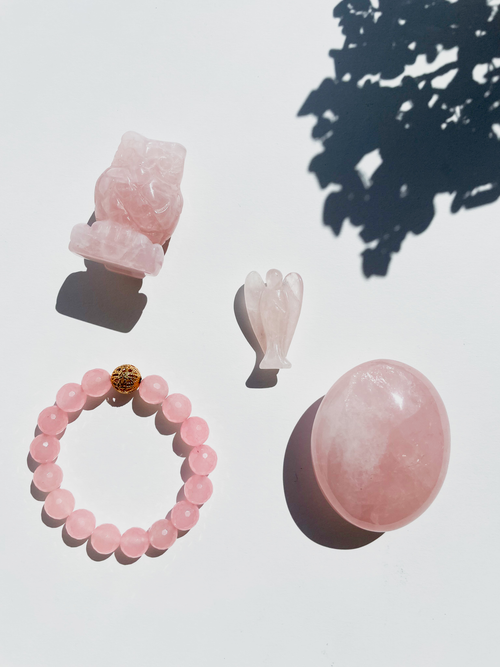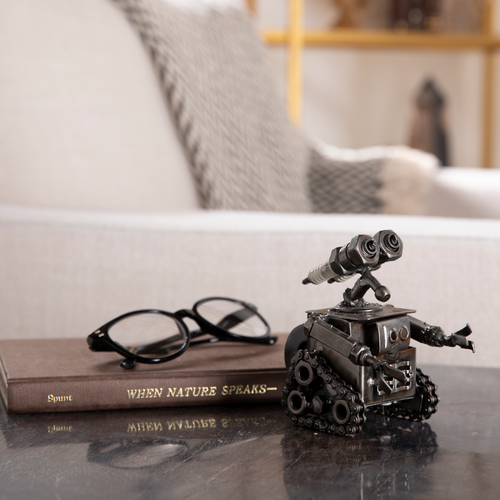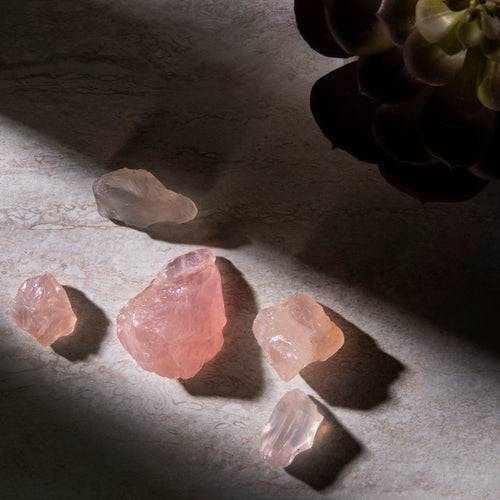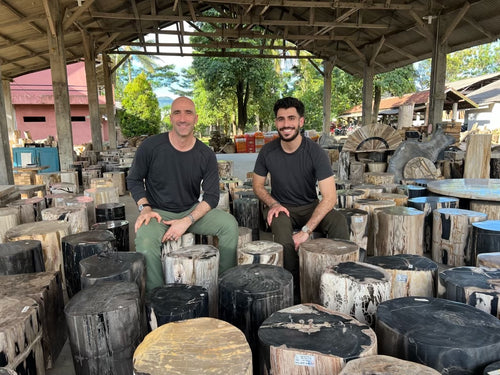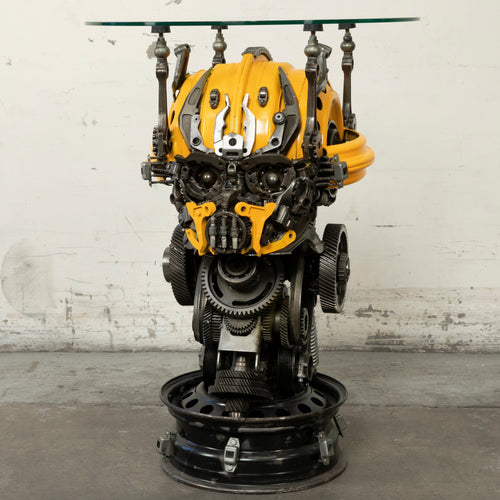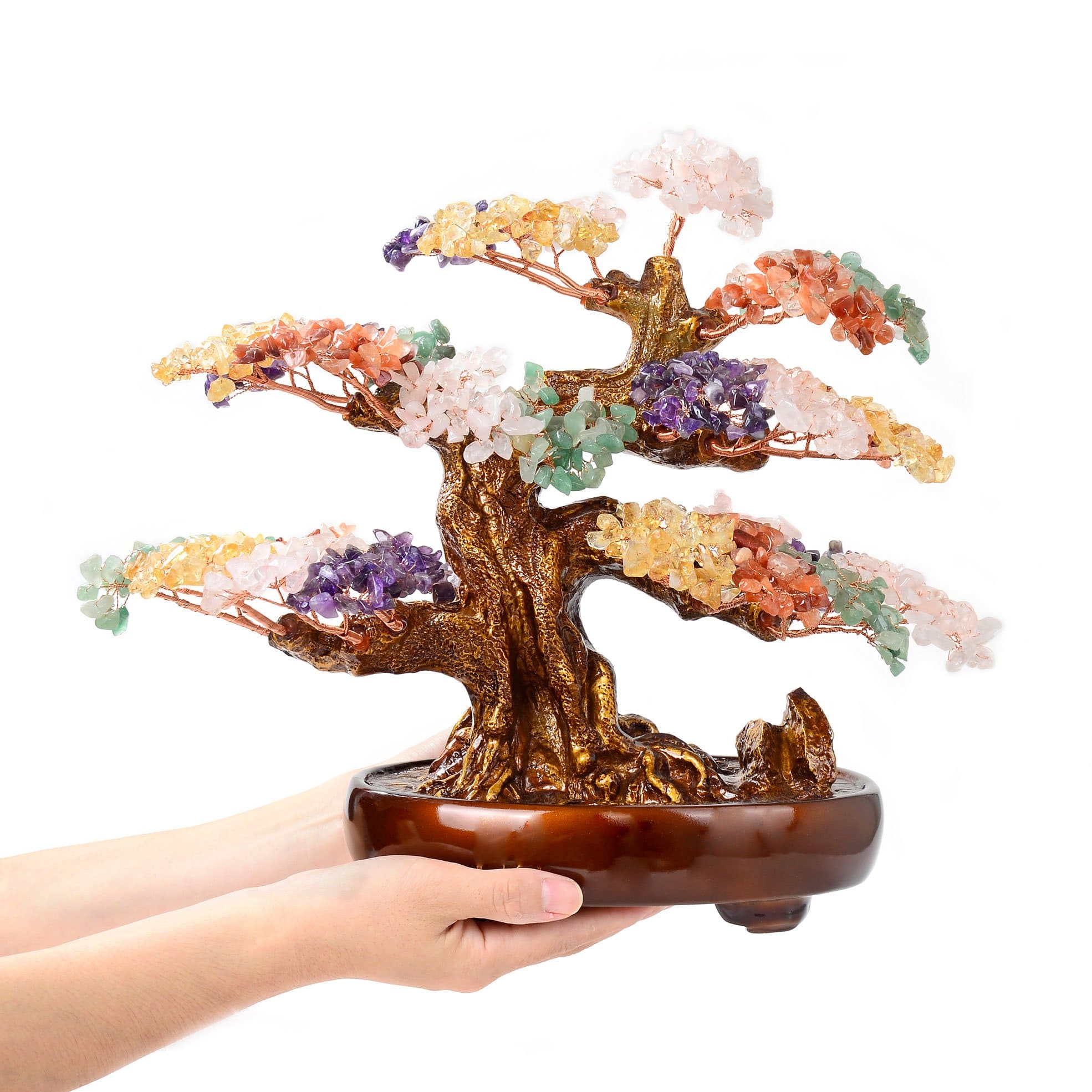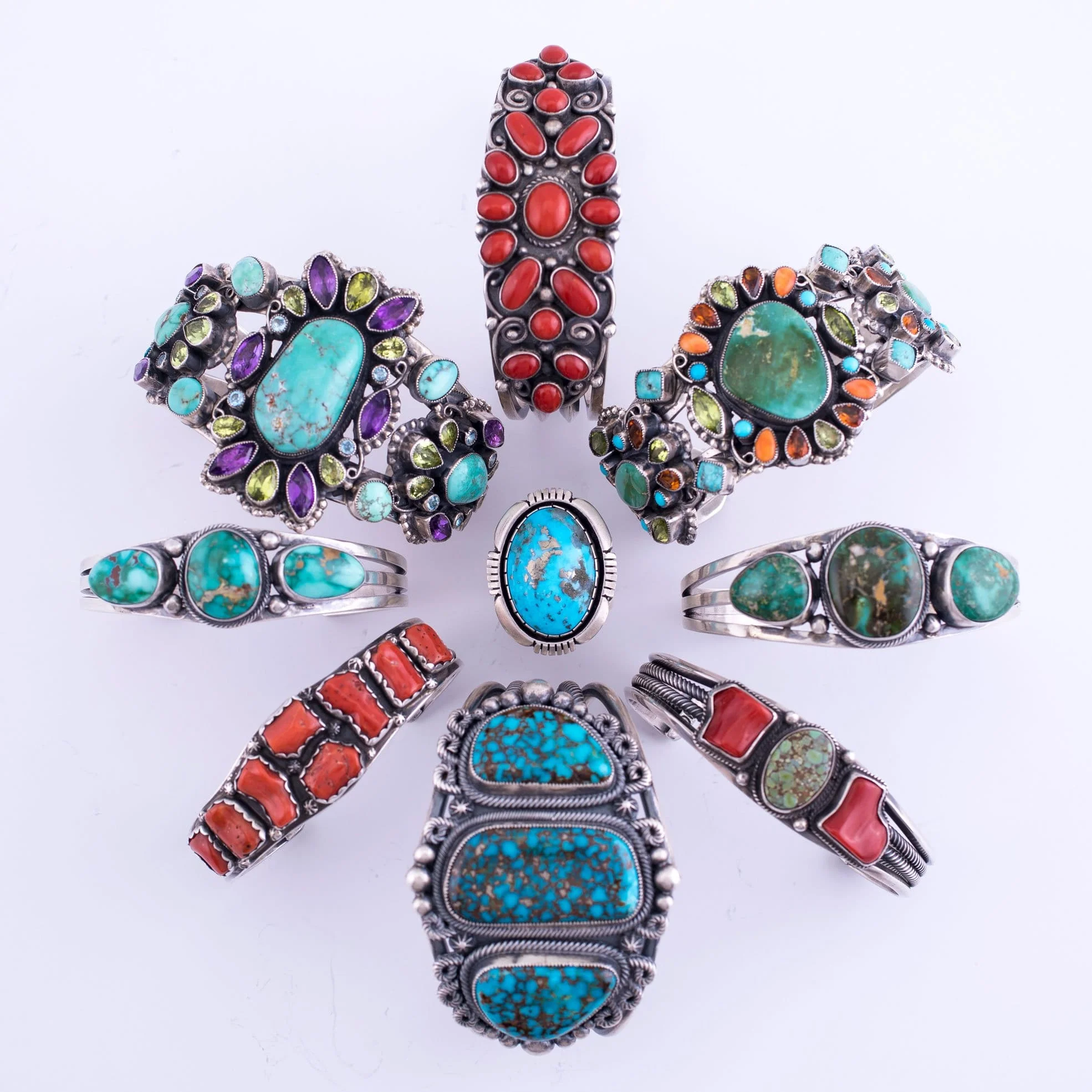
How to Start Collecting Native American Jewelry
Designers have been inspired by intricate Native American jewelry designs for generations, and for good reason, too—the pieces are as beautiful as they are meaningful. In this article, we will explore the history of these pieces and how to start a Native American jewelry collection of your own.
Hallmarks of Native American Jewelry
Made by the most prominent indigenous people of the United States, Native American (NA) jewelry encompasses an enormous amount ofcultural diversity and history. In early 8800 BC, many Paleo Indians in the American Southwest region drilled and found multicolored stones and several shells and made them into beads and pendants. Native to Nevada, Olivella shell beads that date back to approximately 6000 BC were discovered, and multiple necklaces of heishe and shell beads have been unearthed in ancient ruins in the United States. Many remnants of seashells that included oysters, abalone, clams and mother-of-pearl played a major role in trade items for over a thousand years in the Southwestern United States.
Turquoise in particular has been a dominant material source of Native American jewelry. The use of turquoise dates back centuries, and some of the pieces Kalifano procures were found in Chaco Canyon (New Mexico) as well as Ancestral Pueblo (Utah, Arizona, New Mexico and Colorado) sites. Many of the turquoise mines date back to pre-Columbian times, when natives of the Ancestral Pueblo traded these beautiful, rare stones with the Mesoamericans. Many of the turquoise in our store were mined from southern Arizona and date back to 200 BC. It is therefore evident that prehistoric Indians mined turquoise and turned it into jewelry of various hanging ornaments.
However, the significance of each piece goes well beyond its beauty and aesthetics. Each beautiful Native American piece is rooted in the artist’s personal tribal traditions and the visual interpretation of their unique history. Lois Sherr Dubin, a famous author and leading curator of Native American jewelry, has stated on multiple occasions that NA jewelry “remains a major statement of tribal and individual identity.”
Where to Buy Native American Jewelry
Kalifano is proud to offer high-end collector-quality works of Navajo, Hopi and Zuni tribe artists. Whenstarting your own Native American collection, it is important to look for individuals who sell these beautiful pieces, which are retrieved from tribes with high standards for authenticity.
Here’s how to start your ownNative American collection:
-
Pick a genre to focus your collection on.
Maybe you want to collect certain tribe-made jewelry such as Zuni or Navajo, or perhaps you prefer a bit more detail and want to collect bracelets or squash blossom necklaces. You can also choose a specific time-period for your collection, like items produced in the 1960s, 1970s or even the late 2000s.
2. Avoid mass-produced pieces.
These tend to be of lower quality. Manufactured for tourists, these pieces have no craftsmanship and use artificially enhanced stones.
3. Buy authentic pieces.
Jewelry with phrases such as “Indian Style” do not carry authentic stones and are usually not attributed to any tribe or specific artist. These pieces do not have a high resale value, so it is important to be cautious of every purchase.
4. Do your research!
This is vital. You can find a rich library of books that give details about stones and their historical significance.
Mr. Dagher is a graduate of Biological Sciences and Psychology from the University of Nevada, Las Vegas. Mr. Dagher is currently a Master of Public Health candidate with an Emphasis in Epidemiology and Biostatistics for preventative medicine. Throughout his educational career, Mr. Dagher worked at various institutions of higher education such as the Desert Research Institute in the Division of Earth and Environmental Sciences as well as an Educator at UNLV. He is heavily involved in the greater Las Vegas community and aspires to be a leader in the Health Care industry as a physician and impact the lives of those in need.
